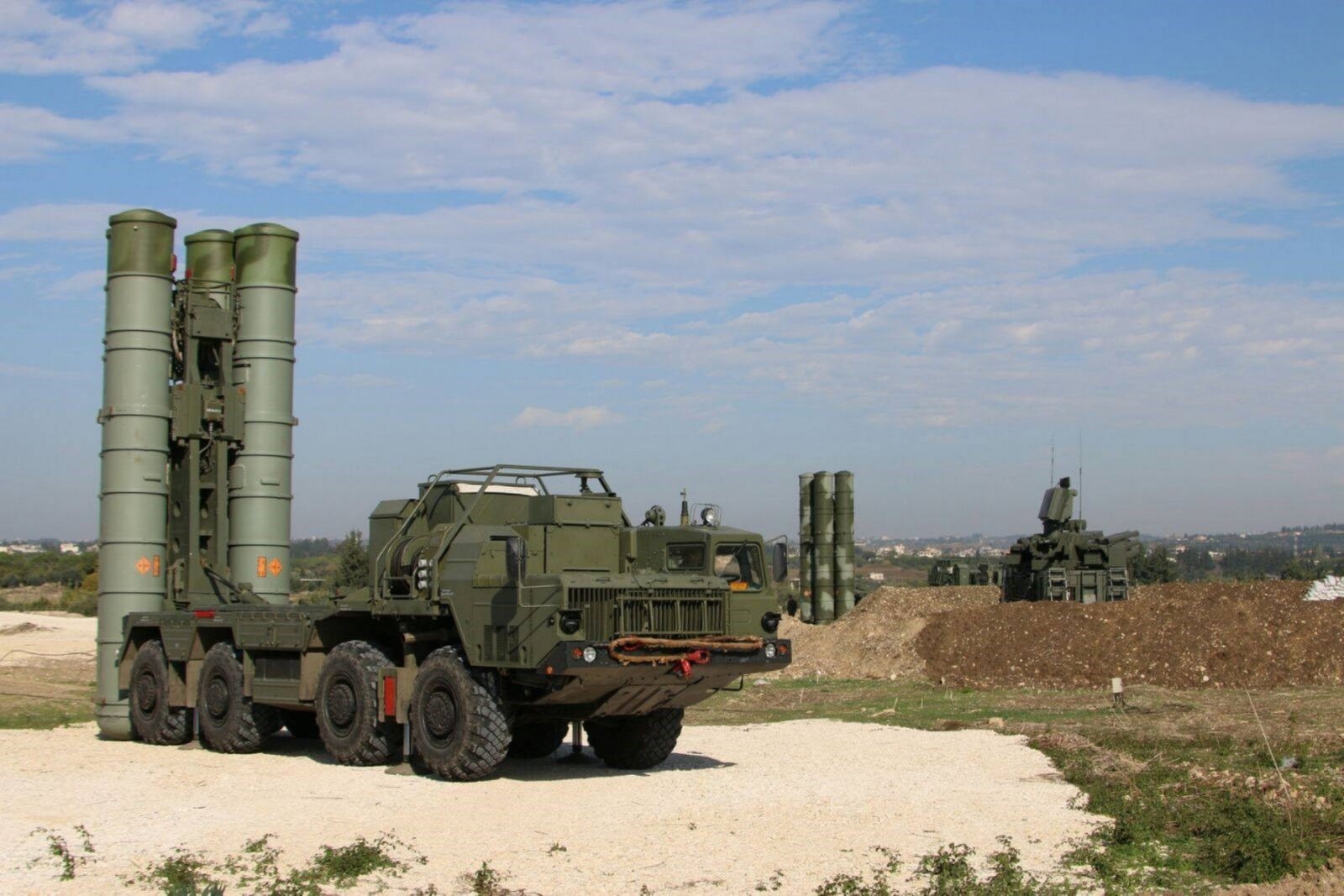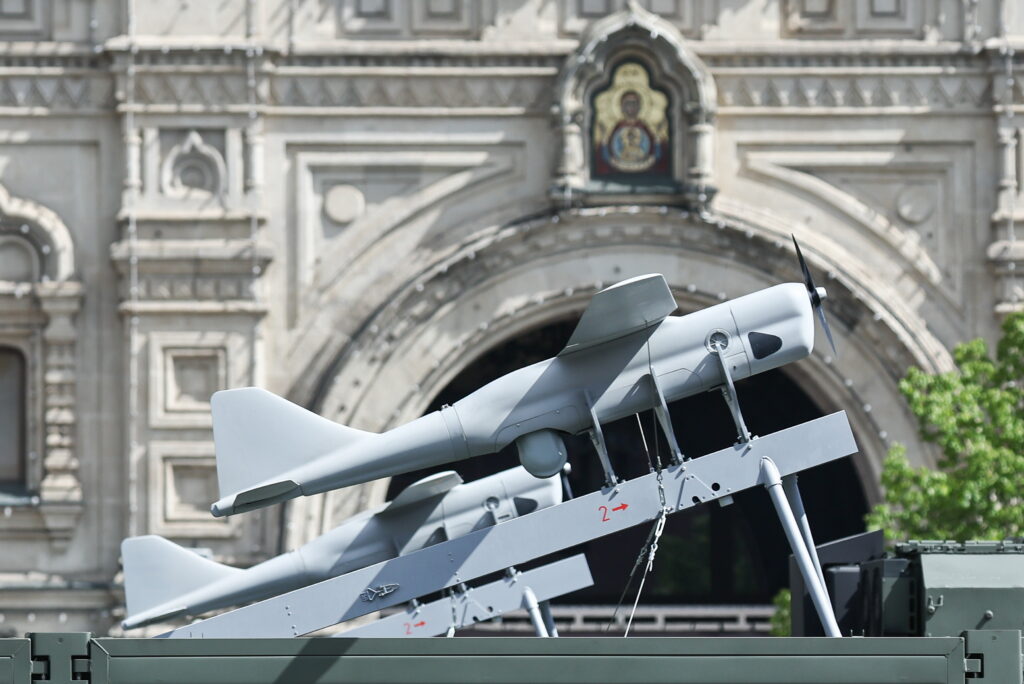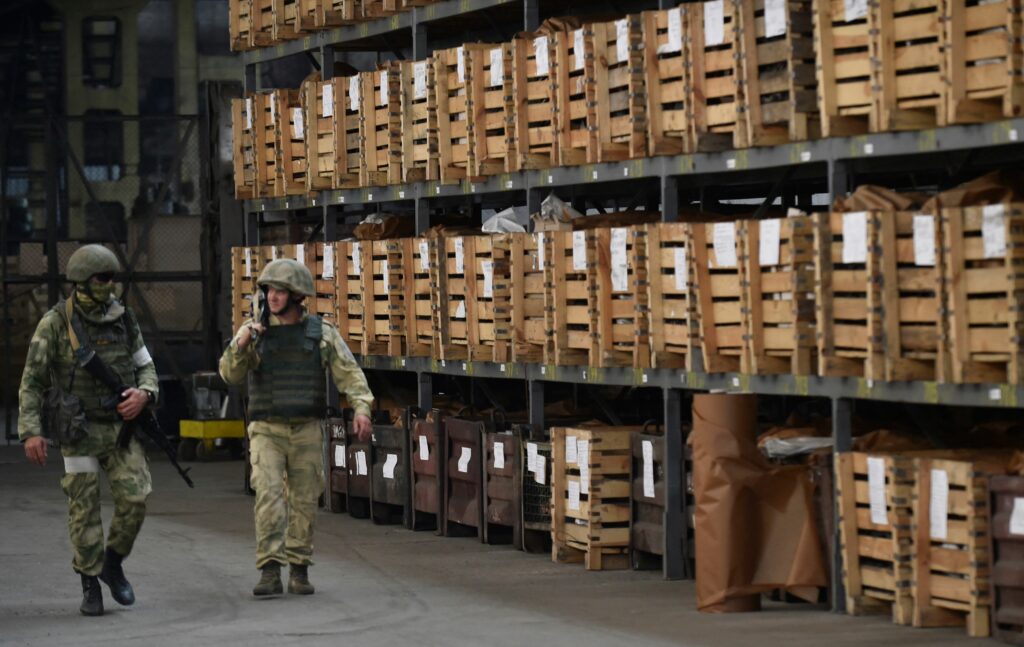The US-led post-Crimea sanctions regime has, from the outset, targeted Russia’s status as one of the world’s foremost defense manufacturers and arms suppliers. The initial 2014 sanctions saw most Western countries bar arms and ‘dual use’ exports to Russia, as well as US restrictions on financing to the Russian defense sector. More than half a decade later, this approach has still failed to blight Russia’s defense sector.
On the eve of its invasion of Crimea, Russia was nearing cooperation with Western defense markets on a level not seen in decades. Though since largely forgotten, the Kremlin had been due a delivery of two French-made Mistral helicopter carriers. The delivery would have marked Russia’s largest purchase of Western defense materiel since World War II.
The ships never arrived in Russian ports. (France found an alternative buyer in Egypt.) Their delivery had become incompatible with the changed policy to constrain Russia’s military. Halting Western arms sales like these to Russia was an early, easy success for sanctions policy. But their real aim was to hinder Russia’s ability to sell its arms abroad.
This has not been successful. Later years have shown how Russia still has the ability to develop its own defense industry and export it abroad, even in the face of sanctions. This has been the largest failure of sanctions policy. It is a failure seen with most salience in Turkey. Moscow and Ankara have long had competing interests; just four years ago bilateral relations between the pair hit a nadir when Turkish forces shot down a Russian Sukhoi Su-24 jet. As part of efforts to repair relations, Ankara and Moscow would launch talks over Turkey purchasing Russia’s state-of-the-art S-400 missile defense system in November 2016 — just after the election of Donald Trump as president in the United States.
Despite this recent history of serious tensions, and the tightening of the US defense sanctions regime at the same time, by 2019, Ankara would take delivery of Russia’s weapons over vociferous protests from Washington. The Trump Administration’s mishandling of defense sanctions policy, as seen by a series of other sales involving the S-400 system, would ultimately render these sanctions ineffective.
This failure came even after the US Congress passed specific legislation — the Countering America’s Adversaries Through Sanctions Act (CAATSA). This set of laws sought to prohibit such sales in 2017. Section 231 calls for the Executive Branch to sanction any person who knowingly “engages in a significant transaction with a person that is part of, or operates for or on behalf of, the defense or intelligence sectors of the Government of the Russian Federation.”
At least as far as the US Congress was concerned, the legislation marked a dramatic escalation of Russian defense sanctions. While Washington has imposed sanctions on Russia’s energy sector and sought to limit its financing, the measures enacted so far have been notably less strident than the blanket ban CAATSA calls for on doing business with the Russian defense sector.
The bill was passed with a veto-proof majority. Trump duly signed it, albeit with a tetchy signing statement claiming it encroached on his executive power. Though the bill could have come good on sanctions threats, Trump’s own application of CAATSA has rendered it largely toothless.
From the outset, it was clear the Trump Administration would not enact a blanket ban on doing business with the Russian defense industry. Two months after Trump signed the legislation, Saudi Arabia announced that it would buy the same S-400 system Ankara had agreed to buy. No protest came from Washington, in spite of – or perhaps because of – the fact that Riyadh has long been among the largest purchasers of US arms exports.
The first sanctions under CAATSA only came in September 2018, when China’s Equipment Development Department was blacklisted for purchasing Russian defense material, including the S-400 system. That was part of a deal agreed in 2014, just after the annexation of Crimea. The department’s head, Li Shangfu, was added to the US’ designated nationals list as well. These steps failed to signal to other countries that the Trump Administration was serious about enforcing CAATSA’s Russian defense sanctions provisions. The move was not highlighted by the Trump administration. It came to be seen as another barb in the sparring with China over trade that has been the focus of the Trump administration’s foreign policy agenda.
Less than a month after the Chinese CAATSA sanctions, India announced that it too agreed to buy the S-400 system. As with Riyadh, Washington was silent. It should be noted that Delhi and Moscow have long had close defense relations – far closer than Saudi Arabia and Russia. Besides, Moscow’s relationship with India has already enabled Moscow to downplay other US sanctions. The timing of the Indian and Saudi sales at the least indicates a conscientious effort by the Kremlin to sell the system to strategic partners it knows Washington is unlikely to sanction.
Yet the key US failure has been the hesitancy with which it approached Ankara’s S-400 sale. Trump Administration officials frequently warned Ankara against taking delivery of the S-400. But Turkish officials – most prominently President Recep Tayyip Erdogan – frequently insisted the deal would go ahead regardless of any action Washington took. Observers in India noted Turkey’s defiance mitigated the risk to Delhi of doing the same.
When the S-400 missiles were delivered, Washington demurred. Though US officials later threatened retaliation, Trump’s propensity for backroom dealings with Erdogan casts serious doubts over these threats. So far, then, CAATSA’s sanctions threat for significant dealings with the Russian defense sector has proven toothless.
Even Congress has acknowledged this. The 2020 National Defense Authorization Act was passed there in December 2019 and was signed through by Trump — this time without a petulant statement but instead in a glitzy ceremony at a military base. The Act does insist on sanctions against Turkey — but the provisions are far less strident than those called for under CAATSA. The bill does bar Ankara from the F-35 fighter jet program, though it does not call for the sanctioning of Turkish defense entities.
Ankara has threatened responses against these measures. But it is clearly nonplussed over the CAATSA threat; Turkish officials have signaled they may buy more S-400 systems.
The defense sanctions regime has sought to hinder Russian arms sales abroad since 2014. Yet from November 2016 onward, Russia’s success in selling the S-400 system, enabled by the Trump administration’s uncoordinated policy and failure to enforce measures even as they were being tightened by Congress, demonstrates this has failed.










